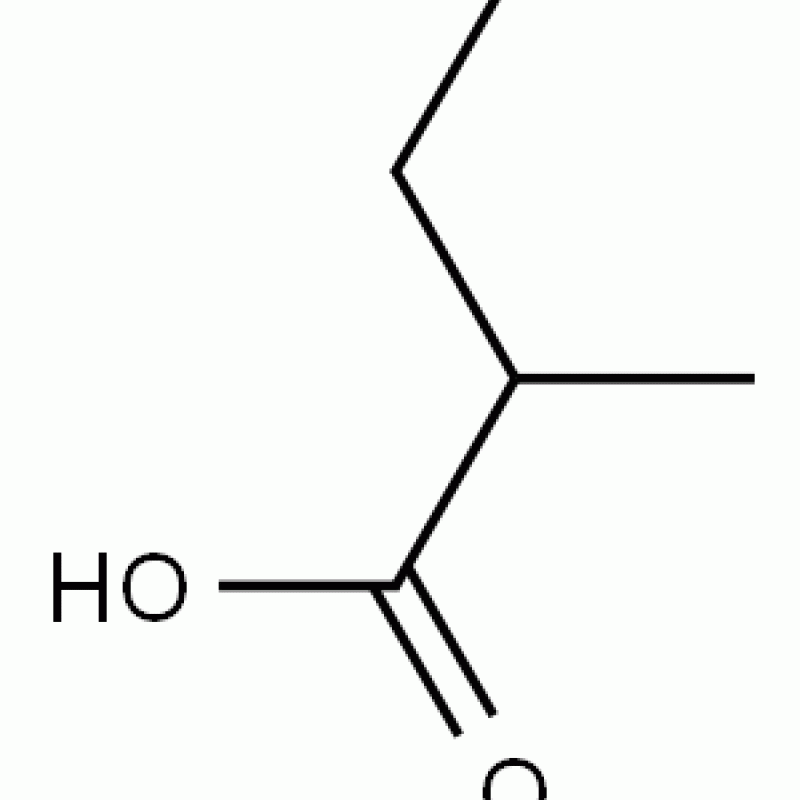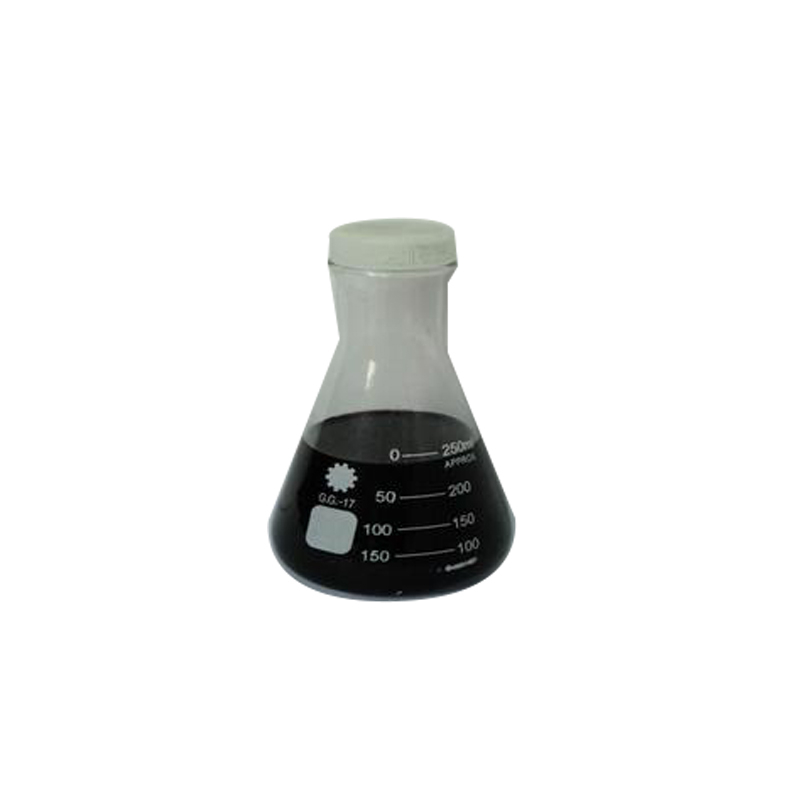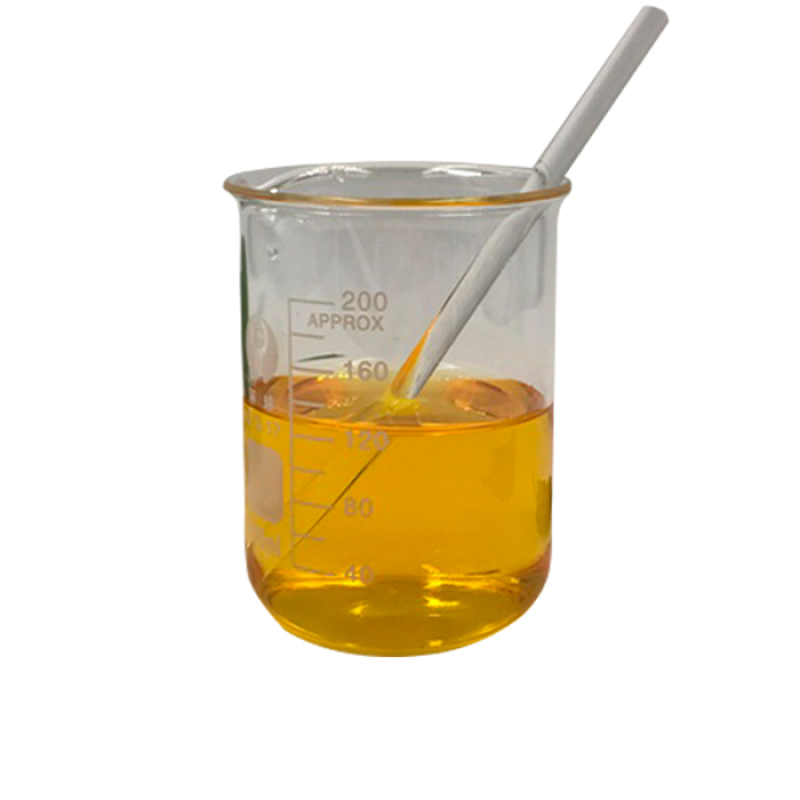Products Description of 1,3,5-Benzenetricarboxylic acid chlorideCAS#4422-95-1White powder1,3,5-Benzenetricarboxylic acid chloride Chemical PropertiesMelting point 32-38 °C (lit.)Boiling point 180 °C/16 mmHg (lit.)density 1.487 g/mL at 25 °C (lit.)refractive index 1.5945-1.5965Fp >230 °Fstorage temp. Store below +30°C.solubility decomposesform Liquidcolor Clear colorless to slightly yellowWater Solubility decomposesSensitive Moisture SensitiveBRN 2940936CAS DataBase Reference4422-95-1(CAS DataBase Reference)NIST Chemistry
Contact Now
Products Description of (Hexadecylamidopropyl)trimethylammonium chlorideCAS#51277-96-4White powder(hexadecylamidopropyl)trimethylammonium chloride Chemical Propertiesdensity 1.029[at 20℃]vapor pressure 0Pa at 20℃Water Solubility 203mg/L at 20.1℃LogP2.49 at 25℃EPA Substance Registry System1-Propanaminium, N,N,N-trimethyl-3-[(1-oxohexadecyl)amino]-, chloride (51277-96-4)Factory and Equipment ShowFast delivery timeInventory 2-3 working days New production 7-10 working days
Contact Now
Products Description of Dibromomethane CAS#74-95-3Colorless or light yellow liquid.
Contact Now
Products Description of Trimesic acid CAS#554-95-0Trisproic acid is in the form of white to slightly yellow crystalline powder. Solubility: easily soluble in ethanol, soluble in ether, and soluble in 40 parts of water at 23°C.
Contact Now
Paraffin, Liquid CAS#8012-95-1Mineral oil mist is a colorless, oily liquid aero-sol dispersed in air with an odor like burned lubricating oil.The odor threshold is 1.0 ppm. Specific gravity (H2O:1)=0.865 at 60℃; Boiling point = 250- 360*C; Vaporpressure = <0.5 mmHg at 20℃; Flash point= 193℃;Autoignition temperature = 260- 371℃. HazardIdentification (based on NFPA-704 M Rating System):Health 0, Flammability 1, Reactivity 0. Insoluble in water.Product Name:Paraffin, liquidSynonyms:PARAFFIN VISCID, EXTRA PURE, DAB, PH. EU R., B. P., PH.
Contact Now
Products Description of Dibenz[b,f]azepine-5-carbonyl chlorideCAS#33948-22-0Crystallization (toluene).
Contact Now
Products Description of NICARBAZINE CAS#330-95-0Nicarbazin is a complex of dinitrocarbamide and hydroxydimethylpyrimidine. It is a yellow or yellow-green powder; odorless, with a slight odor. This product is slightly soluble in dimethylformamide, insoluble in water, ethanol, ethyl acetate, chloroform, and ether.
Contact Now
Products Description of Nicarbazin CAS#330-95-0Nicarbazine is a complex of dinitrodiphenylurea and hydroxydimethylpyrimidine. It is a yellow or yellow-green powder; odorless, with a slight peculiar smell. This product is slightly soluble in dimethylformamide and insoluble in water, ethanol, ethyl acetate, chloroform and ether.
Contact Now
1H-Benzotriazole CAS #95-14-71H-Benzotriazole is prepared by the reaction of o-phenylenediamine with nitrous acid in dilute sulfuric acid. Damschrodner and Peterson were able to synthesize the 1H-benzotriazole in a high yield (80%) by nitrosation of o-phenylenediamine with sodium nitrite in glacial acetic acid and water.1H-Benzotriazole is an anticorrosive agent, which is useful in aircraft deicing and antifreeze fluids. It is also employed in dishwasher detergents.
Contact Now
Products Description of Thianaphthene CAS#95-15-8Benzothiophene, molecular formula C8H6S. Molecular weight 134.19. White leaf-shaped crystals. Has the smell of naphthalene. Can volatilize with water vapor. Melting point 32℃, boiling point 221℃, 103~105℃ (2660Pa). Relative density 1.148432, refractive index 1.637437, UVλmax 227, 257, 288nm in ethanol.
Contact Now
Products Description of N-LAUROYL-L-GLUTAMIC ACID CAS#3397-65-7N-(1-oxododecyl)-L-glutamic acid (9CI) is a chemical whose English name is L-Glutamicacid, N-(1-oxododecyl)-.N-LAUROYL-L-GLUTAMIC ACID Chemical PropertiesMelting point 95-96 °CBoiling point 543.6±40.0 °C(Predicted)density 1.081±0.06 g/cm3(Predicted)storage temp. Sealed in dry,Room Temperaturesolubility Aqueous Base (Slightly), Chloroform (Slightly)form Solidpka3.46±0.10(Predicted)color White to Off-WhiteLogP2.964 (est)EPA Substance Registry SystemL-Glutamic acid, N-(1-oxododecyl)- (3397-65-7)
Contact Now
Products Description of Phenol CAS#108-95-2Phenol, with the chemical formula 𝐶6𝐻5𝑂𝐻C6H6O, is a white crystalline substance known for its versatility and reactivity due to the hydroxyl group attached to the benzene ring. It serves as a key precursor in the synthesis of pharmaceuticals, including aspirin, and is integral to the production of resins, plastics, and synthetic fibers like nylon. Phenol's historical use as a disinfectant highlights its ability to denature proteins and disrupt cell membranes. It also plays a role in the detergent industry and analytical chemistry.
Contact Now
Products Description of Citric Acid Monohydrate CAS#5949-29-1 Citric acid monohydrate is an organic compound with the chemical formula C6H10O8 and a molecular weight of 210.139.
Contact Now
Products Description of 1-Hydroxyethylidene-1,1-diphosphonic acid CAS#2809-21-4Hydroxyethylidene diphosphonic acid, also known as HEDP, is a diphosphate compound used in detergents, water purification processes, cosmetics and pharmaceutical production.
Contact Now
Products Description of 3,3'-Diaminobenzidine CAS#91-95-23,3'-Diaminobenzidine is a volatile fermentation product. It is now widely used in food as a food additive because of its special aroma. 3,3'-Diaminobenzidine has significant biochemical and toxicological properties, and its pleasant aroma may make people ignore its harm to human health. In addition, 3,3'-Diaminobenzidine is widely used in various research fields. It is currently mainly used as a monomer to prepare high-temperature resistant resins and fiber materials.
Contact Now
Products Description of 1-Aminocyclopropanecarboxylic acid CAS#22059-21-81-Aminocyclopropanecarboxylic acid is a cyclic amino acid, also known as ACC, which is a non-protein amino acid widely found in fruits such as pears and apples. It is synthesized from methionine in plants, and finally produces ethylene after various steps of conversion in plants.
Contact Now
Dimethylolurea Chemical PropertiesMelting point 125 °C (dec.)(lit.)Boiling point 224.08°C (rough estimate)density 1.34refractive index 1.4610 (estimate)Fp 100 °Cstorage temp. 2-8°Cpka12.14±0.46(Predicted)form powder to crystalcolor White to Almost whiteWater Solubility 150 g/LMerck 14,6968BRN 1811870InChIKeyQUBQYFYWUJJAAK-UHFFFAOYSA-NLogP-2.610 (est)CAS DataBase Reference140-95-4(CAS DataBase Reference)NIST Chemistry ReferenceDimethanolurea(140-95-4)EPA Substance Registry SystemDimethylolurea (140-95-4) Safety InformationHaz
Contact Now
Products Description of 2-Chloropyridine-N-oxideCAS#2402-95-12-Chloropyridine-N-oxide is an important compound in pyridine nitrogen oxides. It is an important intermediate for pesticides, medicines and daily chemical products. It is also an important intermediate for the synthesis of skin cleansers, shampoos and pyrithione and other antiseptic and antifungal fungicides. It is an essential raw material for the synthesis of 2-chloro-4-nitropyridine, an important intermediate for the synthesis of phenylurea plant growth regulators.
Contact Now
Products Description of Poly(acrylic acid)CAS#9003-1-4Acrylic resin (MethylMethacrylateResin), commonly known as organic glass, is a polymer compound made from methyl methacrylate. Commonly used synthesis methods include anionic polymerization, solution polymerization, bulk polymerization, and suspension polymerization. In addition, the resin has excellent properties such as easy coloring, light weight, not easy to break, and good processing performance. Therefore, it is often used as a substitute for glass, optical lenses, lenses, etc.
Contact Now
Products Description of Boric acid CAS#11113-50-1Boric acid is also called "orthoboric acid". It is derived from the interaction between natural borax (sodium borate) and acid. Soluble in water, ethanol and glycerin. The aqueous solution is acidic and is a monovalent weak acid. Solubility in water increases with temperature. Heated to 169℃ (±1℃), dehydration will produce metaboric acid, and 300℃ will form boric anhydride. Neutralize with strong base to obtain metaborate.
Contact Now
Products Description of 2-Lodothiophene CAS#3437-95-42-Lodothiophene is a colorless liquid with a melting point of -40°C and a boiling point of 80-81°C (2.67 kPa).2-Lodothiophene CAS#3437-95-4 Chemical PropertiesMelting point -40 °C (lit.)Boiling point 73 °C/15 mmHg (lit.)density 1.902 g/mL at 25 °C (lit.)refractive index n20/D 1.651(lit.)Fp 160 °Fstorage temp. 2-8°Cform LiquidSpecific Gravity1.902color Clear yellow-green to red-brownSensitive Light SensitiveBRN 104666InChIKeyROIMNSWDOJCBFR-UHFFFAOYSA-NCAS DataBase Reference3437-
Contact Now
Products Description of 2-Chlorophenol CAS#95-57-8 o-Chlorophenol is a colorless to yellow-brown liquid, m.p.8.7℃, b.p.175℃, n25D 1.5565, relative density 1.265.
Contact Now
Products Description of Piperonyl butoxide 95% CAS#51-03-6Synergyl ether can improve the insecticidal activity of pyrethrins and various pyrethroids, rotenone and carbamate insecticides. It can also improve the insecticidal activity of fenitrothion, dichlorvos, chlordane, triclofenac and atrazine. etc. have a synergistic effect and can improve the stability of pyrethrum extract. When house flies are used as the control object, this product has a higher synergistic effect on permethrin than octachlorodipropyl ether; however, it cannot synergize cypermethrin in knocking down house flies.
Contact Now
Products Description of 3-Amino-1-propanesulfonic acid CAS#3687-18-13-Aminopropanesulfonic acid is a promising product candidate for the treatment of AD. It is currently in phase III clinical trials in North America and Europe. Clinical trial results have been published.
Contact Now







![Dibenz[b,f]azepine-5-carbonyl chlorideCAS#33948-22-0](https://d3rnfhc14zcmdf.cloudfront.net/cdn/ff/hhNHV6f2JUcBq-BPrkFDyfPcYc9mG8tYKIw3GCEP6Wk/1716974888/public/styles/chanpinzhutu/public/2024-05/%E7%99%BD%E8%89%B2%E7%B2%89%E6%9C%AB%20%283%29_30.jpg?itok=-yg_9SCp)


























